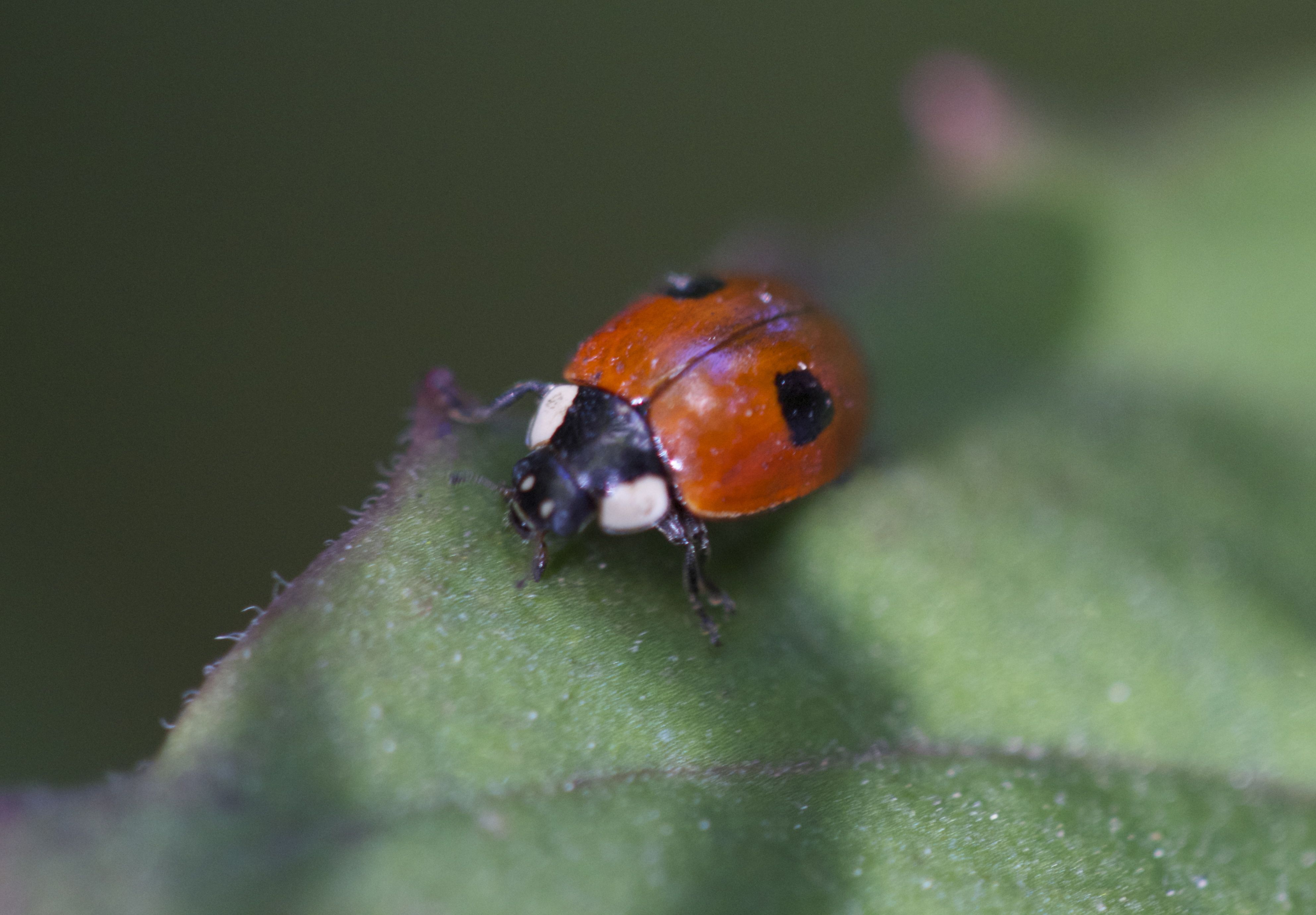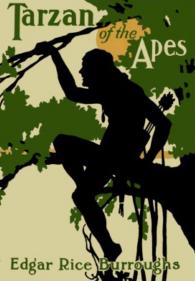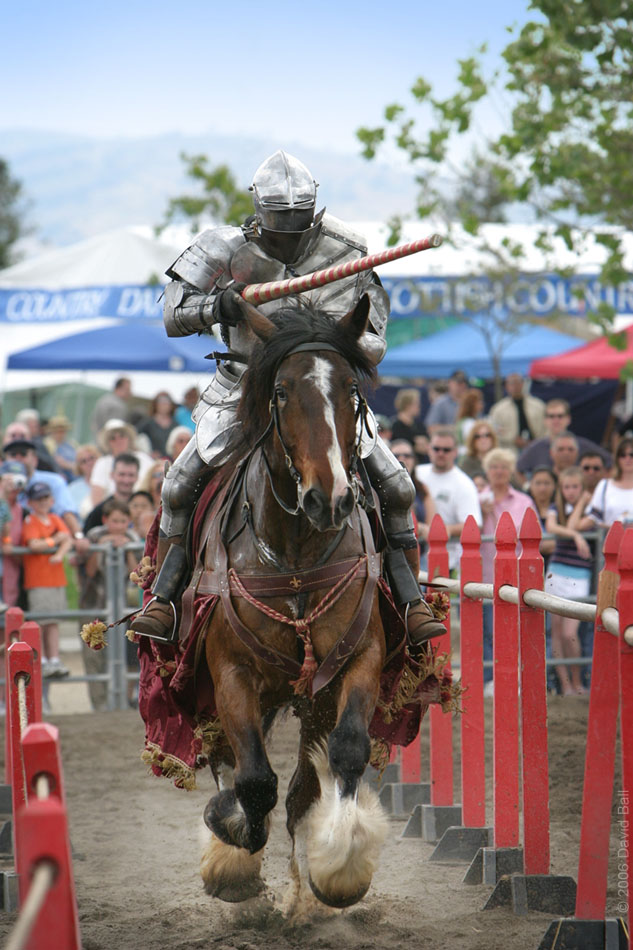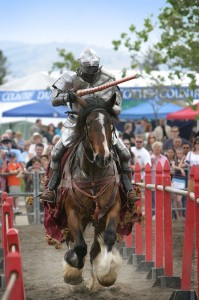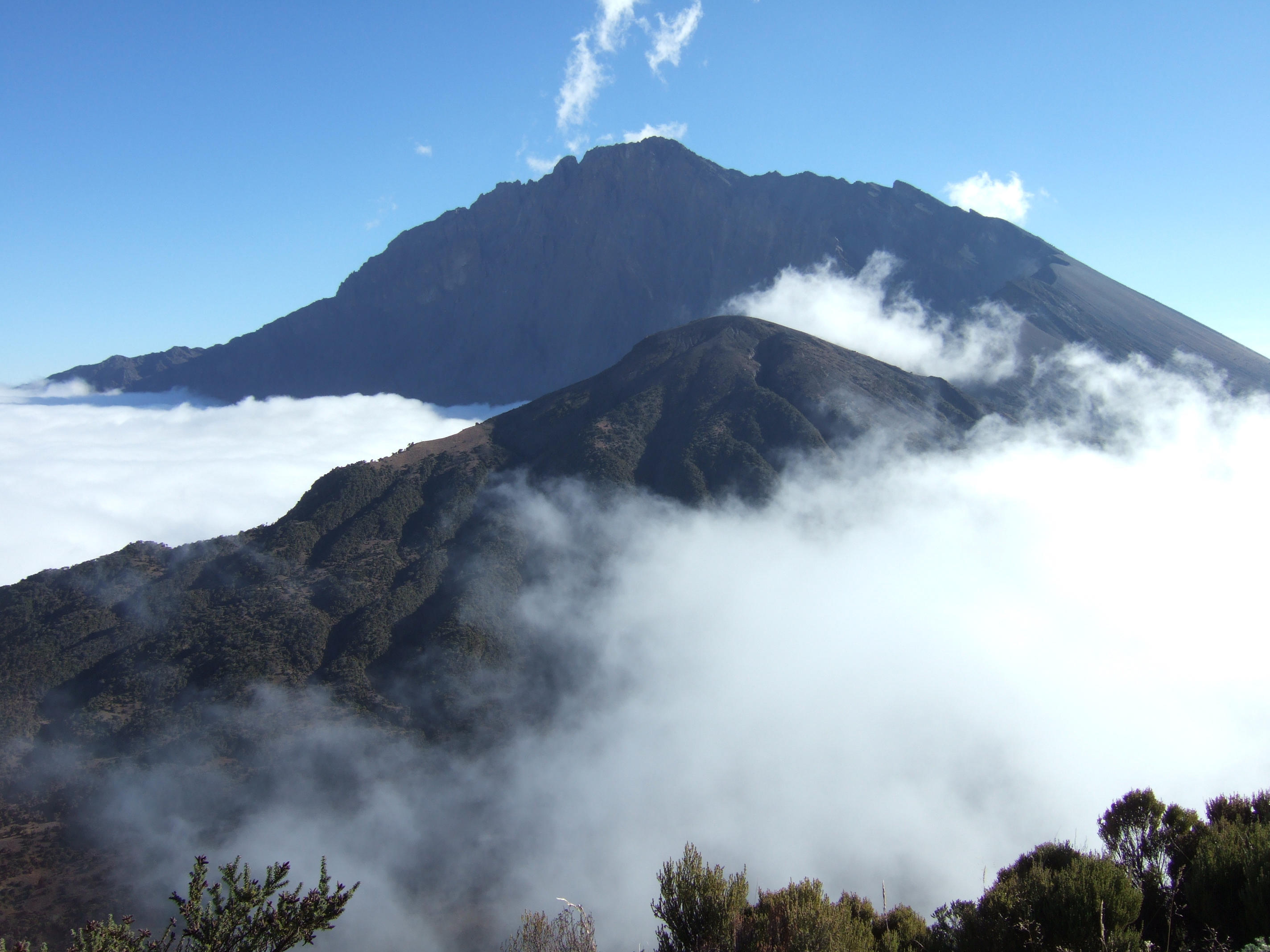On the 22nd of May, Trinity held its first BioBlitz day where members of the public and all nature enthusiasts alike were invited to see what little beasties they could find around the campus. We decided then to get our own trusty field books and cameras out to see what lurks just outside our department doors!
The most obvious animals to find around the campus are the numerous bird species, including many small passerines that set up territories in the trees outside the department such as this robin and blue tit.
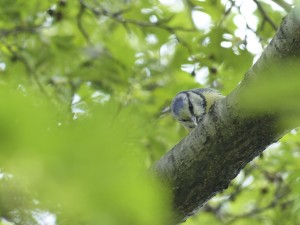
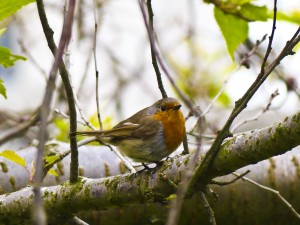
The birds around campus seem to like to follow the lunchtime behaviour of us humans, such as these blackbirds.
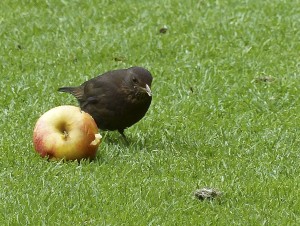
However there are lots of tasty invertebrates around the various sports grounds.
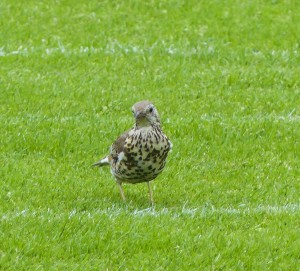
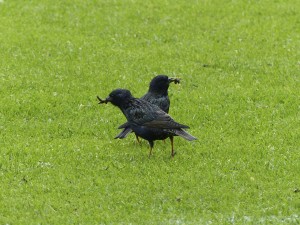
We confined ourselves to the long grass, however, in our search for inverts finding the usual suspects such as aphids, spiders, Drosophila and ladybirds.
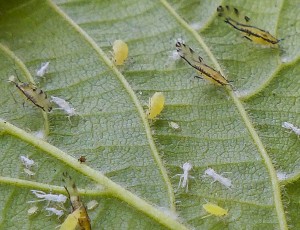
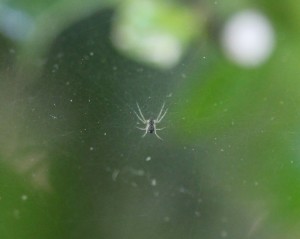
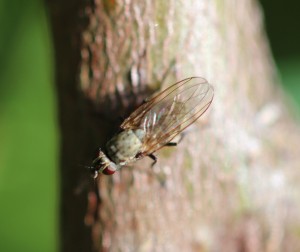
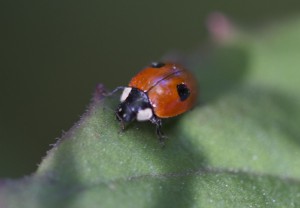
We also found nymph froghoppers, a Hemipteran (True Bug) that protects and shields itself by producing a mass of foam.
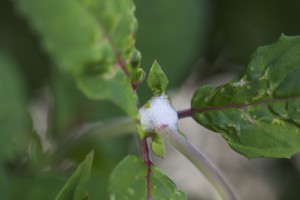
Despite the large amount of non native plants on campus, such as poppies and orchids, pollinators still manage to squeeze out a living on campus as demonstrated by the presence of a seemingly social group of solitary Andrena bees beside the cricket pitch.
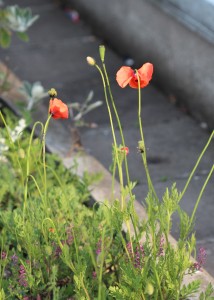

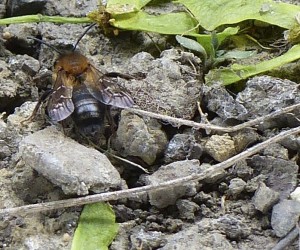
Finally we searched in what we thought was a lifeless stagnant pond in the back of the department only to find it teeming with daphnia, gammarus and hoglouse.
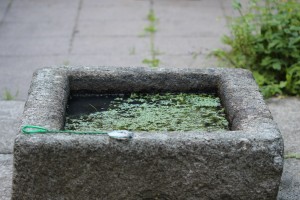
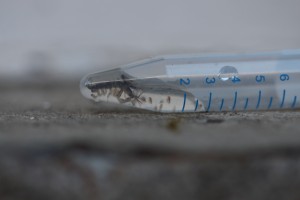
So even in the centre of Dublin a closer look at biodiversity can often surprise you!
Author
Kevin Healy: healyke[at]tcd.ie
Photo credit
The Zoology Department BioBlitz Team

